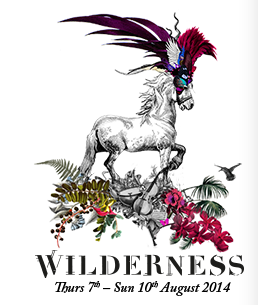The
Museum held its first 'Collections Care and Careers' Day on Saturday 14 September. Held in collaboration with Oxford Open Doors, this is a new type of event, envisioned by the VERVE project to help open up the way the Museum works and offer members of
the public the chance to talk with behind-the-scenes staff, helping to foster a shared sense of why caring for collections is important.
The event was
primarily aimed at teenagers and young adults who might interested in a career in the museums and heritage sector, although anyone was welcome to come along and in the end we had a lovely variety of ages attending, from 6 to 60!
The
day was a great opportunity for project staff to show the often-unseen aspects of Museum life. Small groups went on tours around the Collections,
Conservation and Technical Services areas - ostensibly following the path of an object as it travels through the Museum departments - and here their various roles and duties were explained; from cataloguing and labelling, to pest management, packing items for loan and dealing with hazardous materials. This approach meant we finished up in the galleries with the 'final' stage being the display, making it easier for visitors to digest the various processes and understand the level of work involved. As one said, it was a "brilliantly enlightening tour of lots of areas of the Museum – especially great to go on the same journey as a newly accessioned object." Another said, "Great tour, really enjoyed meeting all the people involved," so we hope made the point about the kind of people who work in museums - passionate, friendly and appreciative of the unique environment in which they work.
Meanwhile, downstairs, staff were on hand throughout the day with some of the tools of their trade (such as gloves, journals, databases and scale models) to answer questions from the public. Joining us from the Oxford University Careers Service was Lucy Hawkins who was able to provide advice on volunteering, relevant university courses, internships and professional publications such as Museums Journal. With thanks to the University of Manchester, the University of Leicester, the Institute of Archaeology at UCL, and the University of Leeds for providing course brochures.
 |
| Tours of the Conservation and Collections Departments © Pitt Rivers Museum |
VERVE's Collections
Care and Career events will run twice a year. Next year we are likely to hold it in the spring to coincide with university term time. We hope to involve staff from a
number of different departments within the Museum with the aim of informing and
inspiring children and young people to consider the importance of their
heritage, as well as the possibility of working within the sector.
 |
| John Simmons, Head of Technical Services, talks to a visitor about his team's work © Pitt Rivers Museum |
The day was well-attended by around 100 people, ranging of people from those just beginning to consider working in areas such as conservation, archives and anthropology, to those interested in perhaps a change in career, to those who were just, well, interested! As staff, we all enjoyed the chance to demonstrate just some of the range of jobs available in museums - did you know, there are more than 50 distinct roles at the Pitt Rivers? - as well as answer some interesting and occasionally tricky questions about both the PRM and museums in general.
















